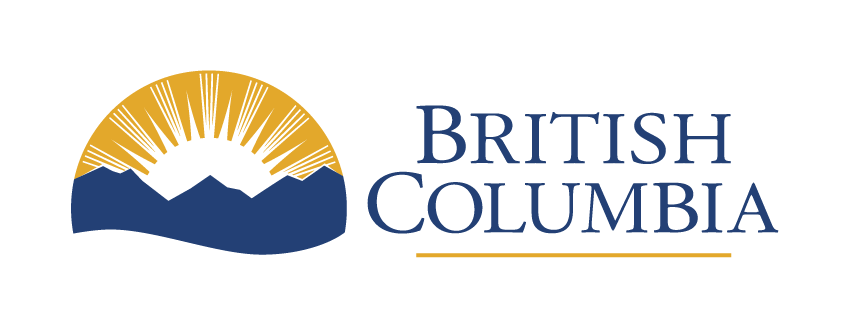Evaluate your business idea
Find information to help get you started on researching a new business idea.
On this page
- Is your business idea ready?
- Understand your market
- Define what you offer
- Plan how you’ll operate
- Get financially ready
Is your business idea ready?
Before you invest time and money, it’s important to make sure your idea is viable. Use this page to test your business concept from every angle so you can move forward with confidence.
Start by understanding your market, including:
- Who your customers are
- What your customers need
- Who is already out there
Next steps would include:
- Defining what you’re offering
- Planning how you’ll operate
- Making sure your finances are ready
Learn how to write a business plan to start defining your offering, operations, and finances.
Understand your market
Identify your target market
Determine how you will promote or advertise your business by identifying your target market. You need to identify:
- Who your customers are
- Where they are
- Why they will buy your product/service
- How you will communicate with them
Create a detailed marketing and sales plan that will help promote your product/service to the right audience.
Create a customer persona
A customer persona is a fictional but realistic representation of an ideal customer. Create as many customers as you can who will buy your product or service. Consider:
Types of customers
- Individuals
- Stores
- Wholesalers
- Manufacturers
- Government
- Institutions
Individuals
- Age
- Gender
- Marital status
- Income
- Lifestyle
Businesses
- Industry
- Company
- Number of employees
- Sales
- Customers
Define your geographic area
By defining where you want to sell, you can figure out the number of potential customers in that area. Determine if you will sell your product or service:
- Locally within your community or region
- Throughout British Columbia
- Throughout Canada
- Globally (learn about exporting)
If you are selling to a large geographic area, you will need larger amounts of money, marketing, and resources. Defining this area will help you understand your need and focus your area of concentration when conducting market research.
Identify trends
Find out the market price of your product or service, and what others are doing to stand out.
Find more information on trends in resources for market research.
Know your competition
Once you find out who your customers are and where they live, see if they buy comparable products/services from potential competitors.
Search for information about competitors in industry directories. Check if your local library has free access to databases, such as Data Axle, to find details on similar businesses.
Define what you offer
List of your product or service
You should:
- Define the features of your idea
- State how the features of your product or service will benefit your customers
- Create a list of information to use in advertising, brochures, and sales promotion
A marketing and sales plan can help you promote your product/service. This will help you understand why your customer might buy your product/service over your competitor.
Define your unique selling points (USP)
Research what makes your business special for your customers.
It could be the:
- Product or service
- Price
- Customer experience
- Quality and speed of service
- Hours of operation
- Employee skills/knowledge
Determine pricing
Find out the market price of your product or service. If your product or service offers something different or unique, you might find there’s room to charge more. If you sell to stores or wholesalers, factor in markup requirements.
Plan how you’ll operate
Identify potential suppliers
Your concept may depend on your raw material suppliers/subcontractors. Figure out who your suppliers or subcontractors will be and find back-up.
Plan your operations and capacity
Determine how you will manufacture your product or produce the service you plan to sell. Use your sales forecast to help you plan this part of your operation. Think about the potential growth in future years.
Determine how your customers receive their orders and how you will be paid.
Determine the size of your operation and the amount you can produce or service to meet your sales forecasts.
Consider future growth and whether you may need to import or export goods or supplies.
Find permits and licences
Your business might have regulations. Find out the permits and licenses you need by visiting BizPaL.
Get financially ready
Plan your sales
Estimate the volume you expect to sell or serve in your first year.
Base your estimates on the:
- Market
- Competition
- Price
- Promotion plans
- Industry trends
The Financial Performance Database can help you compare your estimates with similar businesses across Canada.
Determine cash flow and start up costs
Create a cash flow to map out when money will come in and go out each month. This will help identify times when you might need extra funds like during slow seasons or before big expenses.
You will need to:
- Determine how you will pay for startup costs:
- Personal savings
- Loans
- Investors
- Identify any assets – like vehicles or equipment - you can use as collateral to secure a loan
- Check your credit rating
- Consider who might invest in your business
Analyze your growth potential
Research whether your industry or market is growing or declining. You could be more successful as part of a growing market.
The federal research and business intelligence directory offers financial benchmarks and trends for many sectors.
